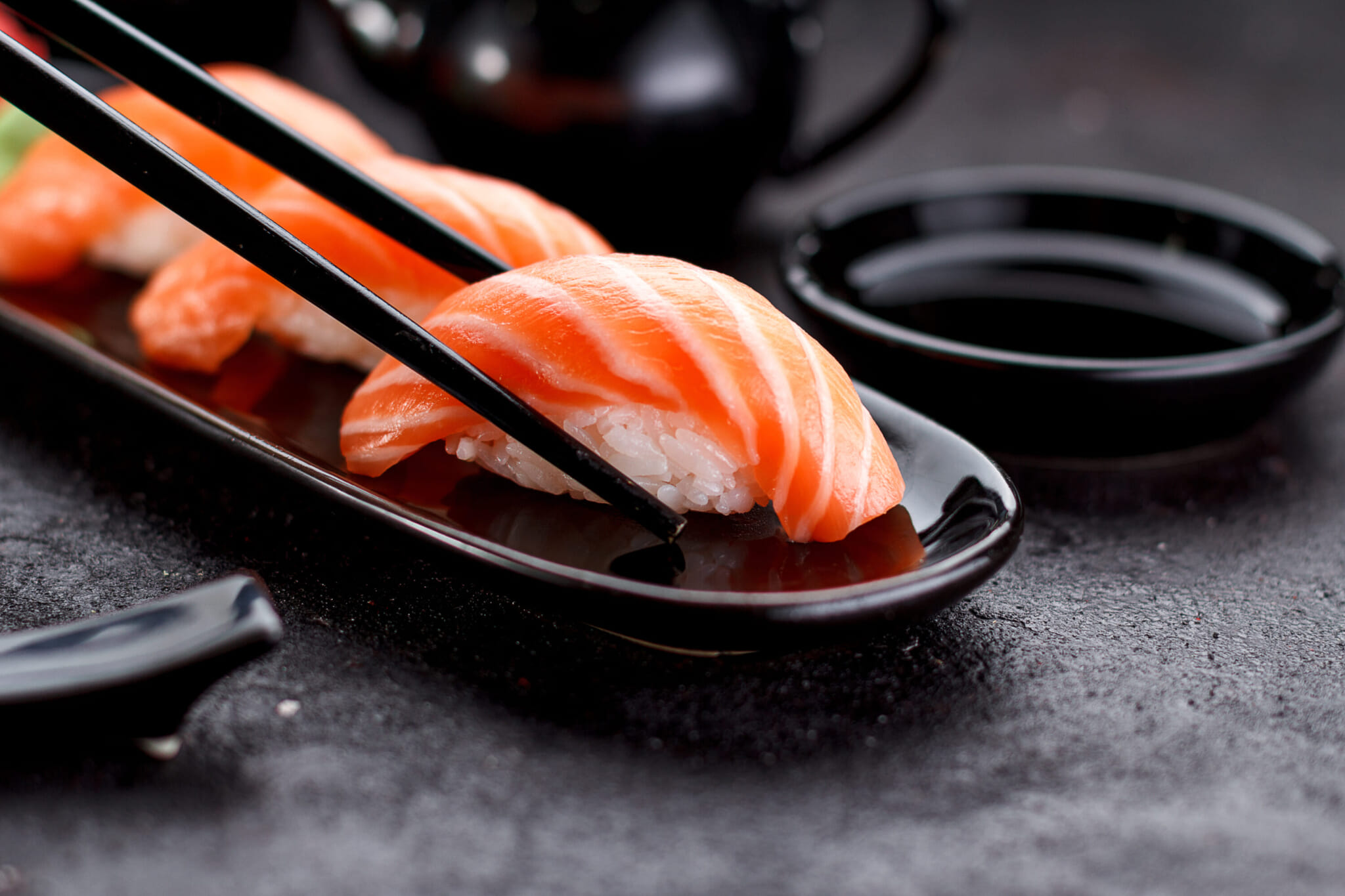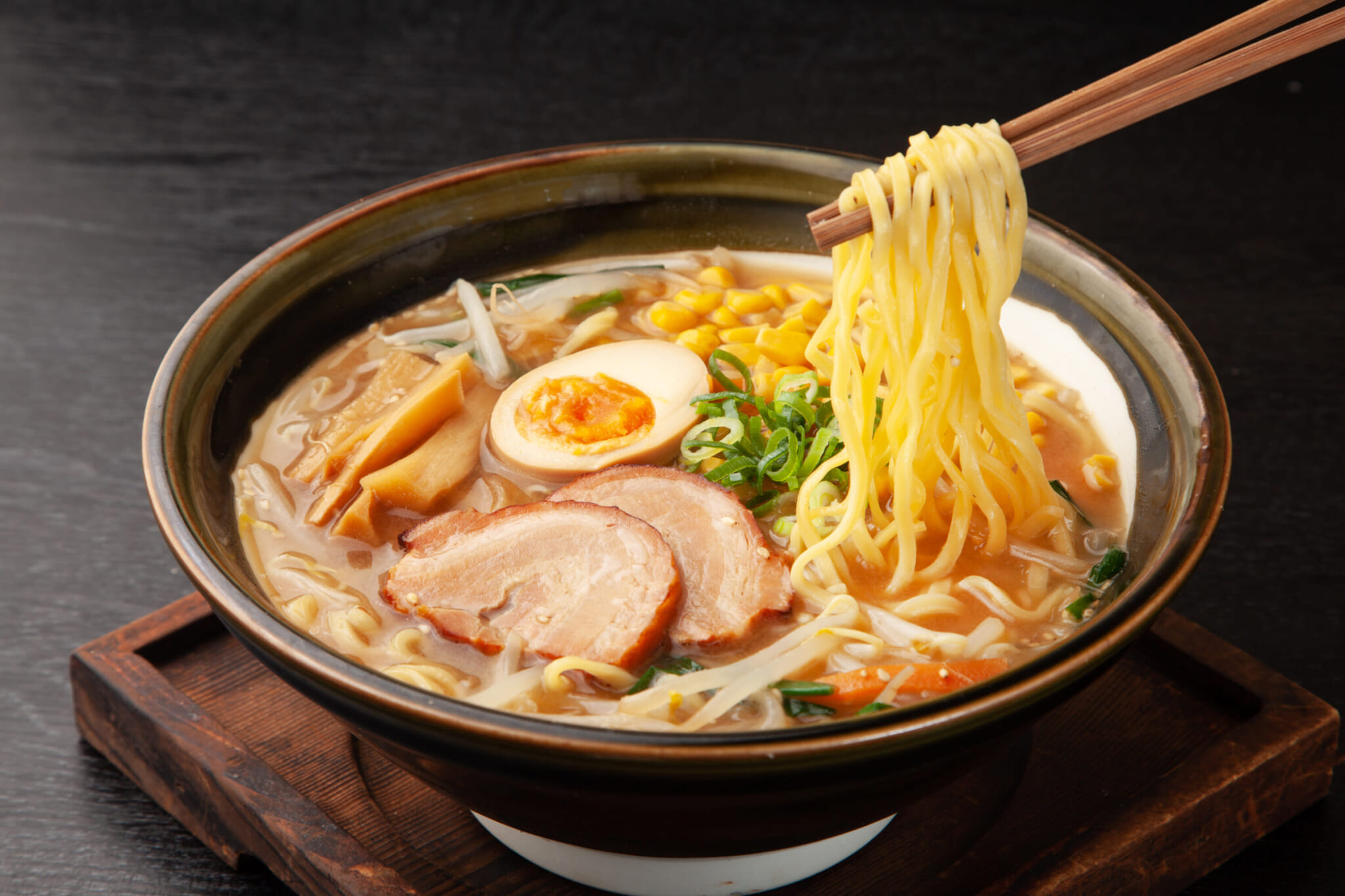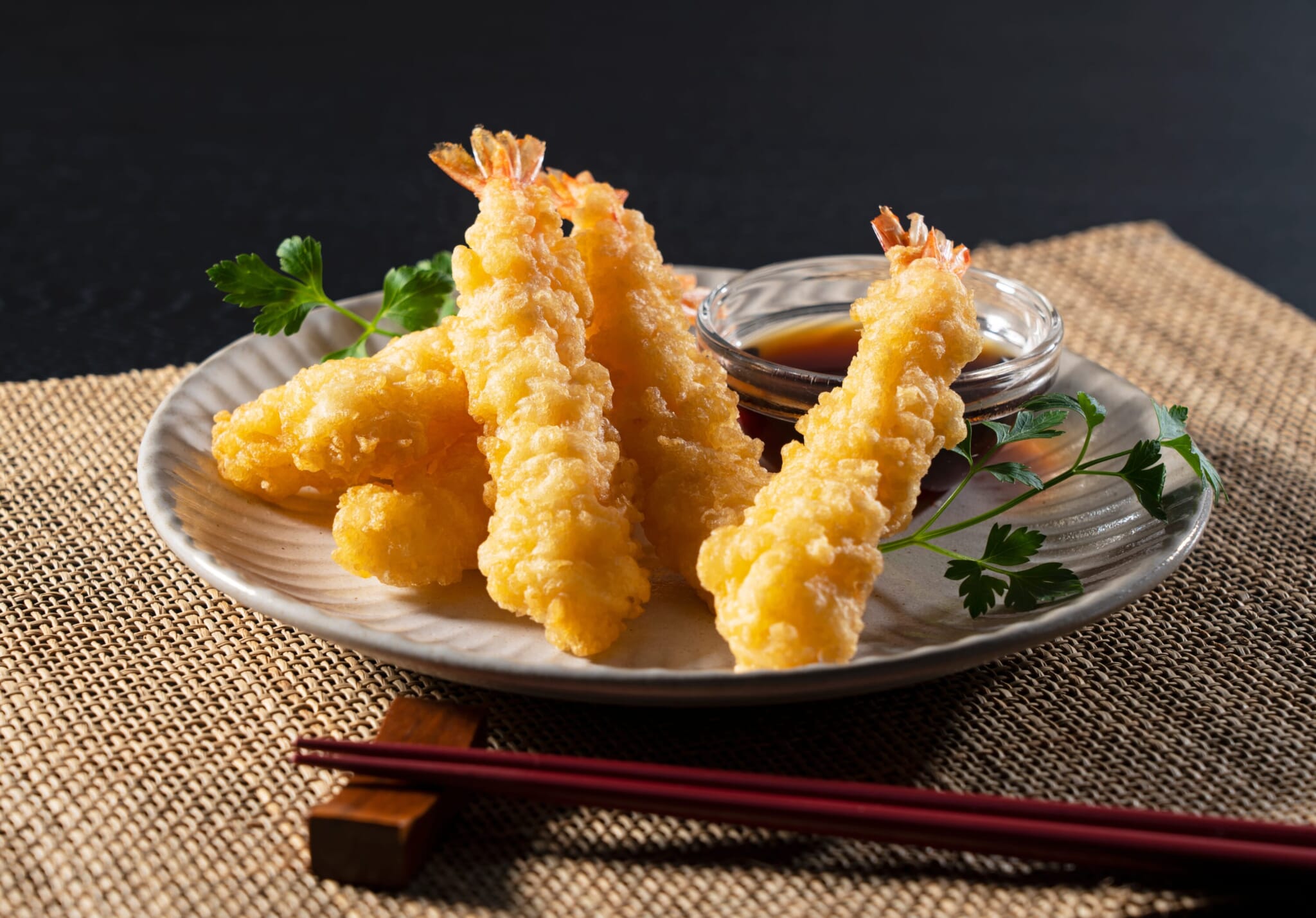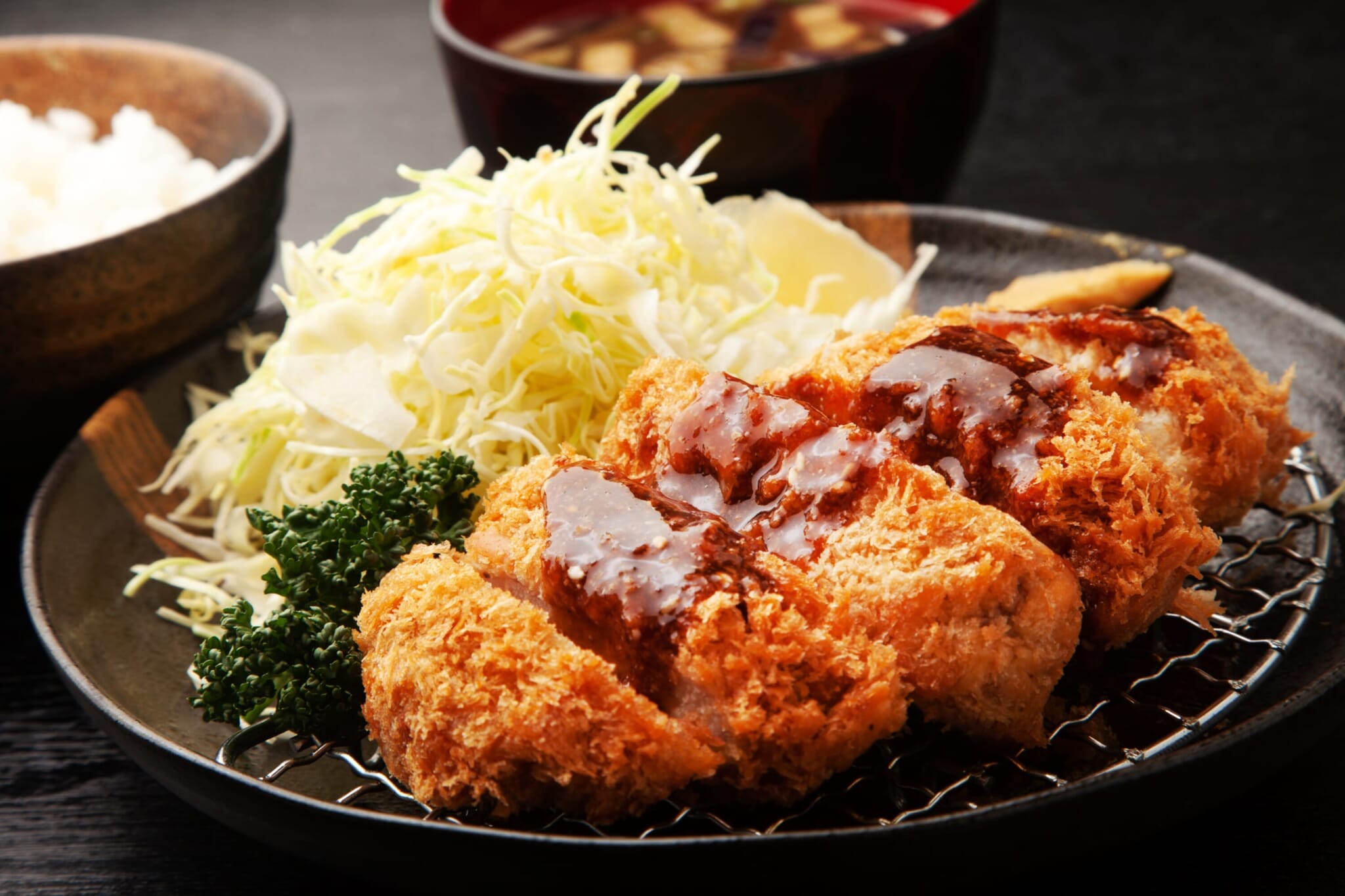Tokyo is often referred to as one of the biggest foodie paradises in the world, and Japanese cuisine is renowned throughout the globe, so it might be very shocking to learn that some of the most famous Japanese dishes are not actually originally from Japan. Like language and culture, food is always evolving from the blending of communities, and these dishes are examples of innovations born from international exchange.

Salmon Sushi
Sushi is believed to have originated in China between the 5th and 3rd centuries BCE, as a technique to preserve fish by heavily coating it in salt. Salmon sushi, specifically, is actually a pretty new invention, and came to Japan thanks to Norway.
Until fairly recently, raw salmon was considered unsanitary in Japan because of fears of parasites; the fish would typically be enjoyed thoroughly cooked. In the 1980s, however, Norway was faced with a massive surplus of salmon, and managed to convince people in Japan to eat it as a sushi topping. The Norwegian fishing industry spent years working to rebrand salmon and marketed it to Japanese people with the fresh feeling of the Norwegian fjords. Over time, the country’s perception of salmon changed, and salmon sushi and sashimi became relished for its buttery, light and soft taste.

Ramen
Competing with maybe only sushi, ramen is one of the most iconic Japanese foods. From the Michelin-winning bowls to the humble Cup Noodles, ramen has become a huge symbol of Japanese food culture.
But before it became the Japanese mega icon that it is, ramen was born from Chinese cuisine. The word “ramen” itself comes from the Mandarin Chinese lamien, or “pulled noodles.” There are several theories on ramen’s first known appearance. It’s speculated that in 1859, Chinese ambassador Zeng Gongliang presented the noodles to the Japanese Emperor.
In the late 19th century, as more Chinese immigrants arrived in Japan, Chinatowns in port towns like Yokohama sprouted throughout the nation, and ramen quickly grew in popularity. Around the same time, Japan also lifted its 1200-year ban on eating meat. Buddhist beliefs and a series of imperial decrees had banned the consumption of animals other than fish — but now that meats like beef and pork could be added to ramen, a new door for culinary experimentation opened up. Pork bones yielded the umami-rich tonkotsu broth and Chinese-style barbequed pork belly, chashu, became a staple smokey topping that is still consistently popular.

Tempura
Tempura’s origins can be found in Portugal. During the 16th century, when Portuguese missionaries came to Japan, they attempted to bring Christianity with them, of course, but they also brought European dishes and cooking methods. One such method was to coat foods in flour before frying them. During Lent or Ember Days, when Catholics abstain from eating meat, the Portuguese would often eat fried beans and vegetables.
Nagasaki brought their own spin to this concept in the late 16th century by mixing sugar into flour, and adding sake to the thick, seasoned batter. The ingredients were then fried in animal lard. The result was similar to European fritters.
As its popularity grew, regional variations of tempura proliferated. In Kyoto, because of the region’s close ties to Buddhism, which forbids the eating of meat, vegetable tempura was a welcome addition to the diet of local monks.
Today, different regions have their own style of tempura. In the Kanto eastern region of Japan, the batter is made by mixing flour with eggs and water, and the tempura is fried quickly in high-temperature sesame oil. In the Kansai western region, no eggs are used, and the tempura is fried slowly in low-temperature oil.

Tonkatsu
Tonkatsu’s crispy breaded crust and rich meaty cutlet makes it a Japanese comfort food staple. After Japan opened its shores to Western trade in 1853, fashion, language, culture and food began to be exchanged and adopted. French cuisine in particular was a popular choice to serve at diplomatic events and other formal functions.
One such dish was côtelette de veau, a veal cutlet coated in breadcrumbs and fried in a pan with butter. The Western-style restaurant Rengatei, which opened in 1895 in Ginza, wanted to add côtelette de veau into their menu but thought that the pan-fried cutlet was too oily for the Japanese palette. So they switched the veal to pork, utilized techniques associated with making tempura and coated the meat with panko breadcrumbs, resulting in a lighter and crispier dish. Rengatei’s tonkatsu made its debut in 1899, and they still serve their signature tonkatsu today.
Related Posts
- Sushi Tales: The Surprising History of Salmon in Japan
- Japanese Rice: A Bite of History and Culture
- The Unique History of Japanese Plastic Food Samples
Updated On June 21, 2024








